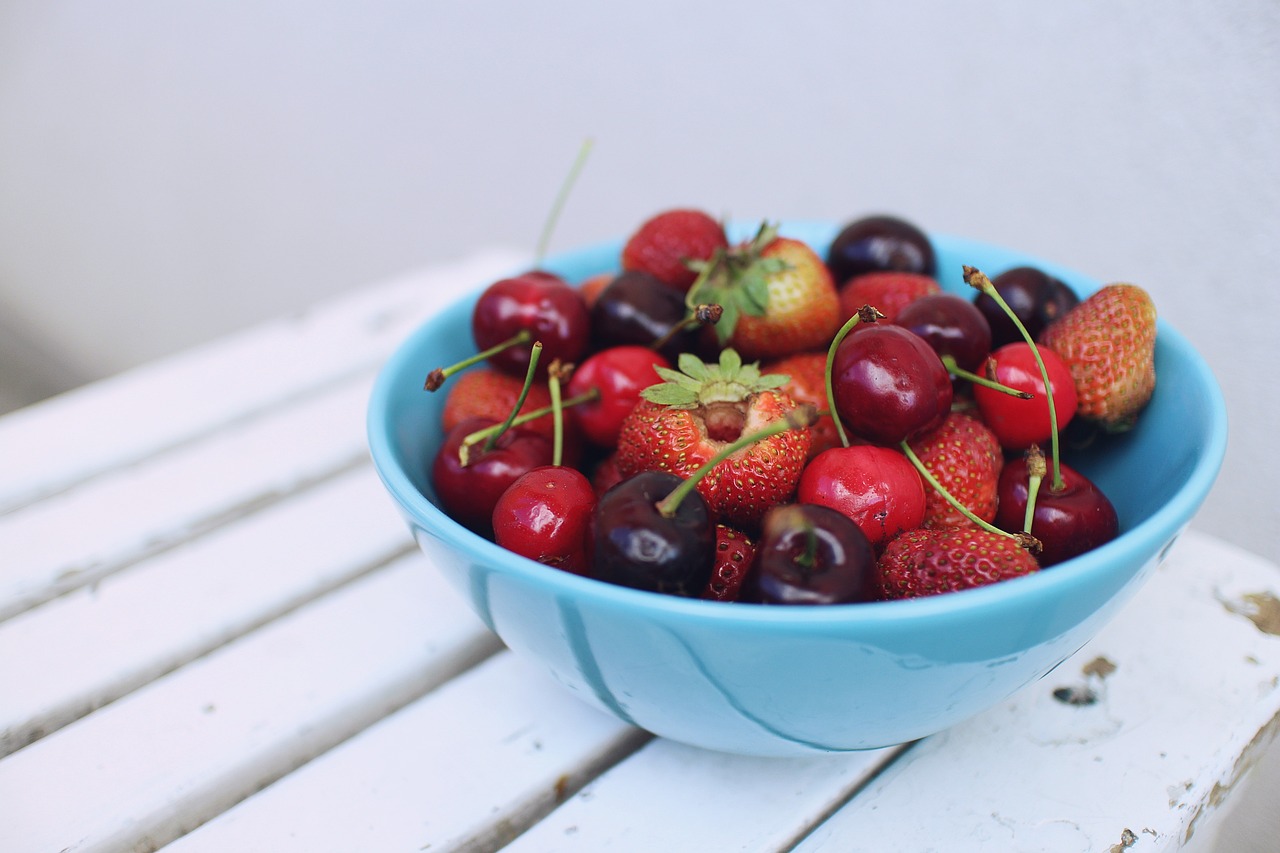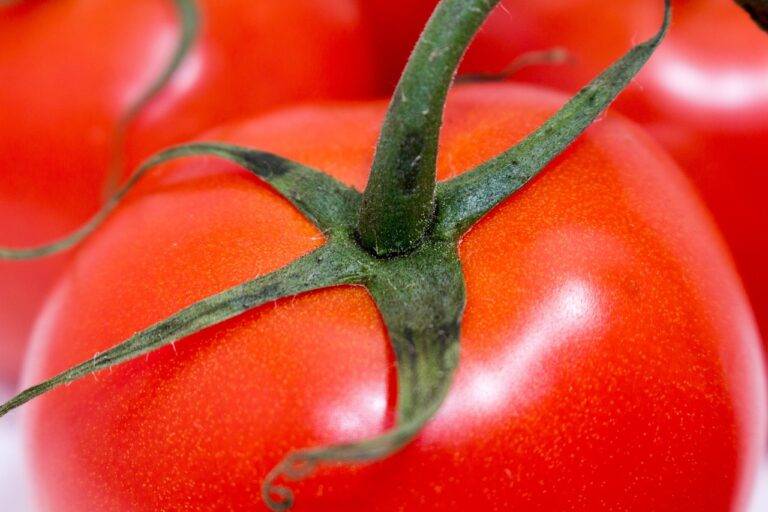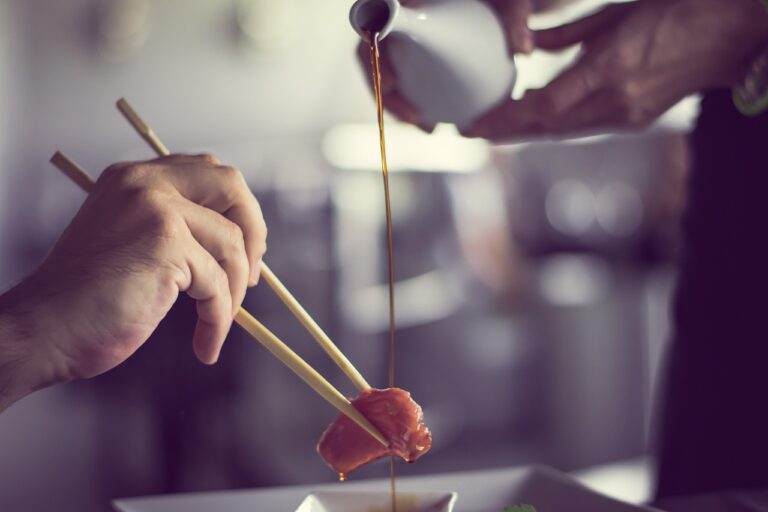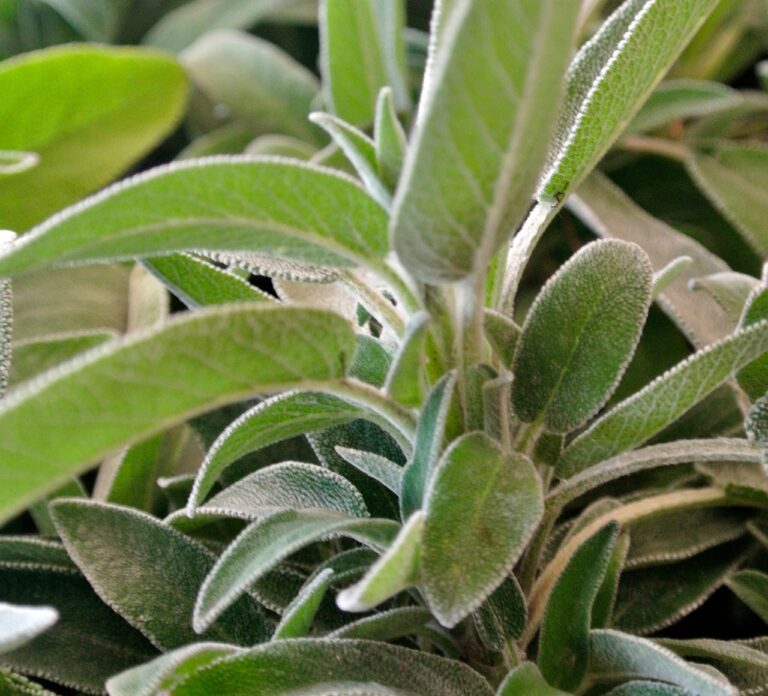Food Preservation Techniques Through the Ages: From Drying to Canning
Preserving food dates back to ancient times when our ancestors sought ways to prolong the shelf life of their harvests. One prevalent method used by ancient civilizations was drying. By exposing fruits, vegetables, and meats to the sun and wind, they would remove moisture and inhibit the growth of bacteria, making the food last longer.
Another technique employed was fermentation, a process that involved the transformation of sugars into alcohol or organic acids by microorganisms. Foods like milk, grains, and vegetables were fermented to preserve them, creating products like cheese, bread, and pickles. Fermentation not only extended the longevity of perishables but also enhanced their flavors and nutritional value.
The Evolution of Drying Methods
Drying food as a preservation method dates back centuries. Initially, ancient civilizations relied on the sun’s heat to dehydrate meat, fruits, and vegetables. This process was simple yet effective, allowing communities to store food for extended periods.
As time progressed, new techniques emerged to enhance the drying process. Smoking became popular among various cultures, not only for adding flavor but also for preserving meats. The introduction of drying racks and ovens further refined the method, providing more control over temperature and airflow. These advancements paved the way for the diverse array of dried foods we enjoy today.
• Drying food as a preservation method dates back centuries
• Ancient civilizations relied on the sun’s heat to dehydrate meat, fruits, and vegetables
• Smoking became popular among various cultures for adding flavor and preserving meats
• Introduction of drying racks and ovens provided more control over temperature and airflow
The Role of Salt in Food Preservation
Salt has long been revered for its ability to preserve food. Dating back to ancient times, salt was a precious commodity used to extend the shelf life of perishable items. The process involves coating or immersing food in salt, which inhibits the growth of microorganisms responsible for spoilage.
Furthermore, salt functions by drawing out moisture from the food, creating an environment where bacteria and fungi struggle to survive. This dehydration process not only prevents spoilage but also intensifies the flavor of the preserved food. In addition to its preservative qualities, salt plays a crucial role in enhancing the texture and taste of various culinary creations.
How has salt been used in food preservation throughout history?
Salt has been used for centuries as a method of preserving food by inhibiting the growth of bacteria and other microorganisms.
What are some traditional food preservation techniques that involve the use of salt?
Some traditional food preservation techniques that involve the use of salt include curing, pickling, and brining.
How does salt help in preserving food?
Salt helps in preserving food by drawing out moisture from the food, creating an environment that is inhospitable to bacteria and other harmful microorganisms.
Are there any health concerns associated with consuming foods preserved with salt?
Consuming foods preserved with salt in moderation is generally safe for most people. However, excessive consumption of salt can lead to health problems such as high blood pressure.
Can I use any type of salt for food preservation?
While table salt is commonly used for food preservation, other types of salt such as sea salt or kosher salt can also be used depending on the specific preservation technique being employed.







